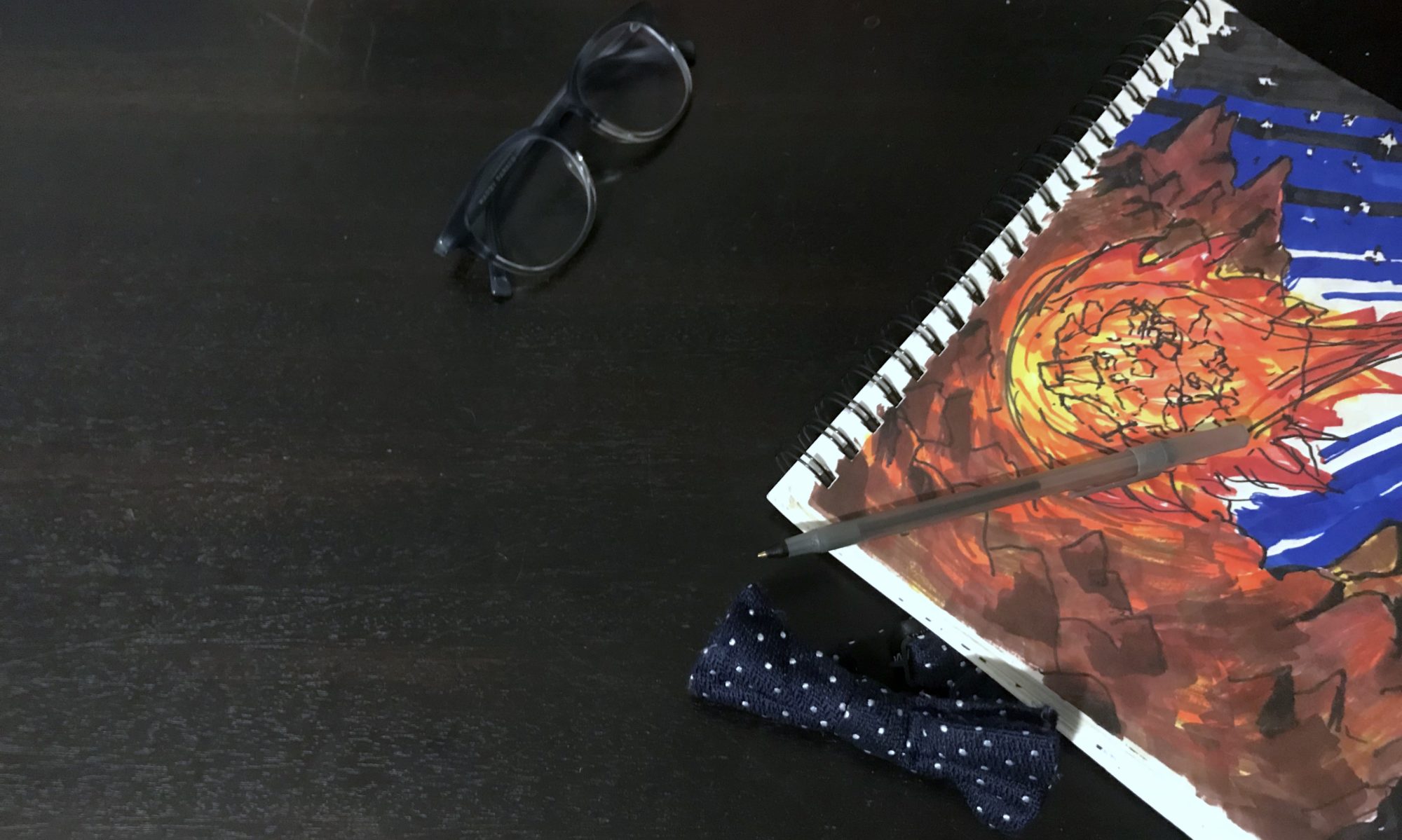I often come across interesting biology facts. I spam these facts in polite conversation, but I’ve also decided to share them in a more productive way on Instagram. On the SciComm By Tyler instagram account, I’ll post detailed drawings coupled to nuggets of biological intrigue. Some of these will come from blog posts. Through the stories feature, I’ll share more bite-sized biological morsels. I’ll couple the stories with goofy doodles (sometimes I’ll recycle these from my gallery :P). At the end of each week, I plan on delving into the stories in a little more detail through a blog post.
Below, I expand on my first week of stories. Enjoy!
Please follow me on Instagram if you like what you see :D.
Biosensors are biological machines that detect objects and events
I wrote a bit about biosensors in an older blog post. As a refresher, biosensors are biological machines that detect specific objects and events. They have many research uses. They can detect chemicals, they can detect organisms, and some can even count how many times cells divide.
I first became enamored with biosensors during my PhD work. For part of my work, I tried to get bacteria to turn sugar into gasoline. To see if my bacteria were accomplishing this goal, I designed a biosensor. This biosensor made the bacteria turn red if they produced gasoline-like chemicals. Indeed, the more gasoline-like chemicals they produced, the more red they’d become. Unfortunately, my biosensor wasn’t particularly sensitive so I abandoned it (such is the nature of many experimental research projects!).
Others have created more useful sensors. The doodle above illustrates a biosensor that detects DNA. Such biosensors bind to specific DNA sequences and glow. They help scientists understand how DNA sequences interact with other things in cells. Using many different biosensors, scientists learn how cells function. Scientists can then use their knowledge to create therapeutics or even design cells that do cool things like attack cancer cells!
Komodo dragons use venom to kill prey
I think Komodo dragons are super cool. Even if they don’t breathe fire, they’re still basically dragons. Long ago, I was told that Komodo dragons don’t directly kill their prey. Supposedly, they instead transferred bacteria to their pray through biting. The resulting infections then killed their prey over time. Recently, I learned that RESEARCHERS DO NOT BELIEVE THIS ANYMORE. Indeed, when I was at the San Francisco Zoo a few days ago, I read that Komodo dragon bites inject venom into their prey. This venom kills prey through a mixture of physiological effects. For instance, the venom can lower blood pressure and prevent clotting. It’s not fire, but it’s pretty brutal!
Some frogs survive being frozen
Okay, I’m a molecular and cell biologist at heart, but I love me a good animal fact! I picked this one up while watching one of the many BBC nature documentaries on Netflix. I don’t have much more information than what’s in the image. I just think it’s really cool! Hopefully, I’ll dive into this in a dedicated post at some point.
Some bacteria inject DNA into plants
Bacteria do soooooo much more than make us sick. There are many bacteria that do good things. We’ve even figured out how to turn some dangerous bacteria into useful tools. For example, there are bacteria that use teeny tiny needles to inject their DNA into plant cells. These bacteria naturally cause plant diseases. However, scientists have figured out how to use these bacteria to deliver useful DNA sequences to plants. They can even use these bacteria to make crops resistant to pests! Learn a little more about plant biotech in this post.
Complex meats are hard to make in the lab!
Many companies are working to grow meat and meat-like products in the lab. They hope to produce these “meats” more sustainably than livestock. They are having a lot of success growing meats like chicken nuggets or ground beef. However, it will be some time before we have more complicated meats like steaks or pork chops. The complex structures of these meats are difficult to create in the lab.
That’s all for this week. Please follow me on Instagram to check out my stories in real time. Cheers!















